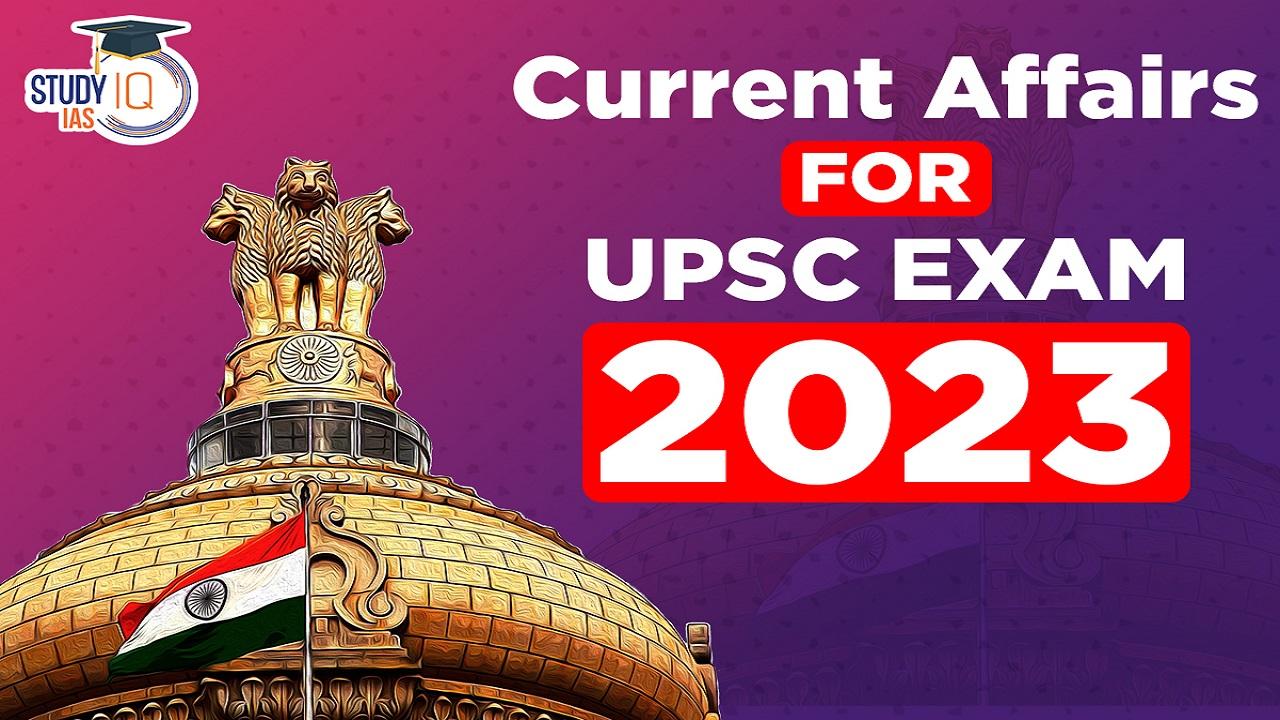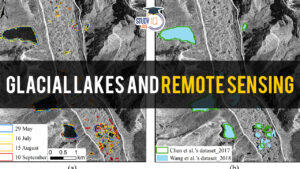Current Affairs 16th August 2023 for UPSC Prelims Exam
Aditya L1
Context: The Indian Space Research Organisation (ISRO) has released images of the Aditya-L1 mission.
About Aditya L1:
- Aditya-L1 is a spacecraft mission to study the Sun.
- It will observe the Sun from a close distance, and try to obtain information about its atmosphere and magnetic field.
- NASA’s Parker Solar Probe, launched in 2018, has already gone far closer but it will be looking away from the Sun.
- The earlier Helios 2 solar probe, a joint venture between NASA and the space agency of erstwhile West Germany, went within 43 million km of the Sun’s surface in 1976.
- Aditya-L1 is equipped with seven payloads (instruments) on board to study the Sun’s corona, solar emissions, solar winds and flares, and Coronal Mass Ejections (CMEs), and will carry out round-the-clock imaging of the Sun.

- It is a 400 kg-class satellite that will be launched using the Polar Satellite Launch Vehicle (PSLV) in XL configuration to the L1 orbit (which is the first Lagrangian point of the Sun-Earth system).
- L1 refers to Lagrangian/Lagrange Point 1, one of five points in the orbital plane of the Earth-Sun system.
- Lagrange Points, named after Italian-French mathematician Josephy-Louis Lagrange, are positions in space where the gravitational forces of a two-body system (like the Sun and the Earth) produce enhanced regions of attraction and repulsion.
- These can be used by spacecraft to reduce fuel consumption needed to remain in position.
- The L1 point is home to the Solar and Heliospheric Observatory Satellite (SOHO), an international collaboration project of NASA and the European Space Agency (ESA).
- The L1 point is about 1.5 million km from Earth, or about one-hundredth of the way to the Sun.
- Many of the instruments and their components for this mission are being manufactured for the first time in India, presenting as much of a challenge as an opportunity for the country’s scientific, engineering, and space communities.
Why is studying the Sun important?
- Every planet, including Earth and the exoplanets beyond the Solar System, evolves — and this evolution is governed by its parent star.
- The solar weather and environment affect the weather of the entire system.
- Variations in this weather can change the orbits of satellites or shorten their lives, interfere with or damage onboard electronics, and cause power blackouts and other disturbances on Earth.
- Knowledge of solar events is key to understanding space weather.
- To learn about and track Earth-directed storms, and to predict their impact, continuous solar observations are needed.
- Every storm that emerges from the Sun and heads towards Earth passes through L1, and a satellite placed in the halo orbit around L1 of the Sun-Earth system has the major advantage of continuously viewing the Sun without any occultation/eclipses.
Current Affairs 14th August 2023 for UPSC Prelims Exam
Vishwakarma Yojana
Context: Speaking from the ramparts of the Red Fort on the 77th Independence Day, the Prime Minister announced the launch of the ‘Vishwakarma Yojana’, in the coming days.
About the Vishwakarma Yojana
- Vishwakarma Scheme was originally announced in the Union Budget 2023.
- This scheme aims to benefit individuals skilled in traditional craftsmanship, especially from the Other Backward Classes (OBC) community.
- Skilled artisans like weavers, goldsmiths, blacksmiths, laundry workers, and barbers, among others, will be empowered through this scheme.
- The scheme will see an allocation of Rs 13,000 cr to Rs 15,000 crore initially.
- It will encompass various elements such as financial aid, modern and green technology training, brand promotion, market connectivity, digital payments, and social security.
National Automated Fingerprint Identification System (NAFIS)
Context: NAFIS of the National Crime Records Bureau (NCRB) won the Gold Award under the Excellence in Government Process Reengineering for Digital Transformation Category-1 of the Department of Administrative Reforms and Public Grievances (DARPG).
About the National Automated Fingerprint Identification System (NAFIS)
- NAFIS project is a country-wide searchable database of crime- and criminal-related fingerprints.
- It is a web-based application functions as a central information repository by consolidating fingerprint data from all states and Union Territories.
- NAFIS enables law enforcement agencies to upload, trace, and retrieve data from the database in real time on a 24×7 basis.
- It is managed by the National Crime Records Bureau (NCRB) at the Central Fingerprint Bureau (CFPB) in New Delhi.
How NAFIS Works?
- NAFIS assigns a unique 10-digit National Fingerprint Number (NFN) to each person arrested for a crime.
- This unique ID will be used for the person’s lifetime, and different crimes registered under different FIRs will be linked to the same NFN.
- The ID’s first two digits will be that of the state code in which the person arrested for a crime is registered, followed by a sequence number.
- Further, NAFIS data will be connected to the CCTNS (Crime and Criminal Tracking Network & Systems) data to improve the effectiveness of the criminal detection and investigation process.
- CCTNS is a project initiated in June 2009 which aims at creating a comprehensive and integrated system for enhancing the efficiency and effectiveness of policing at the Police Station level.
- CCTNS is a Mission Mode Project (MMP) under the National e-Governance Plan of Govt. of India.


 Current Affairs 27th April 2024 for UPSC...
Current Affairs 27th April 2024 for UPSC...
 Small Finance Banks, Key Features and Op...
Small Finance Banks, Key Features and Op...
 Glacial Lakes and Remote Sensing
Glacial Lakes and Remote Sensing

















